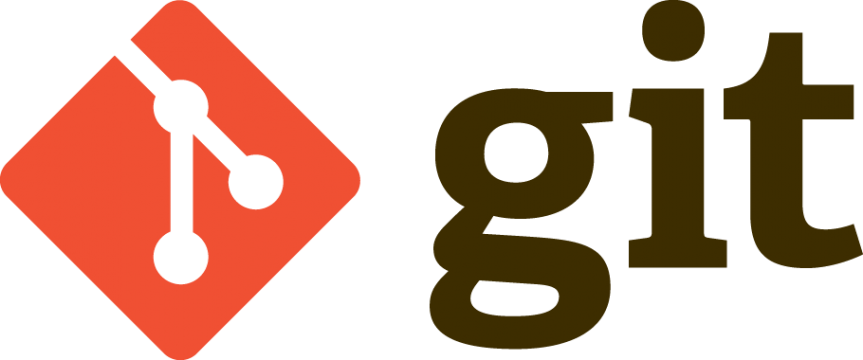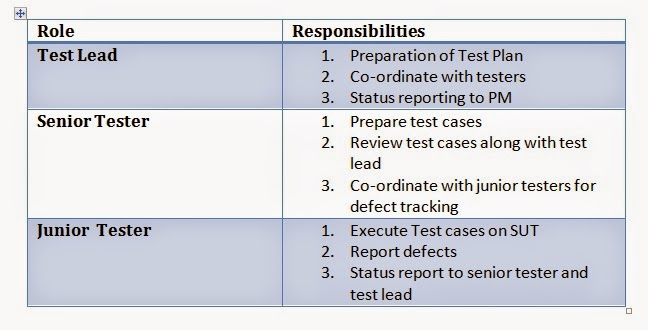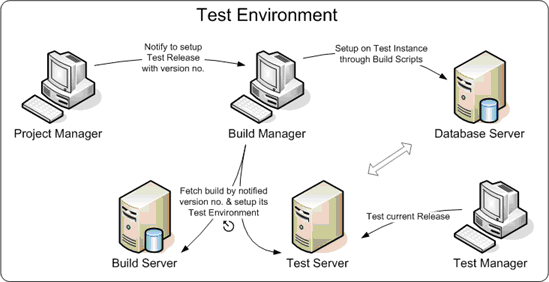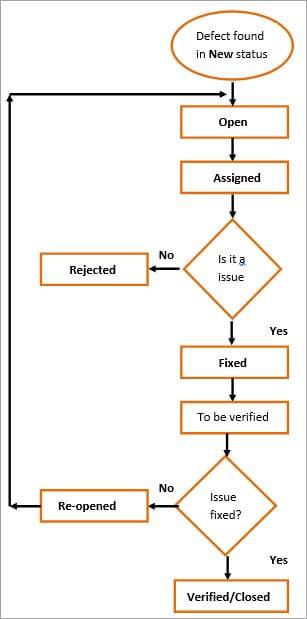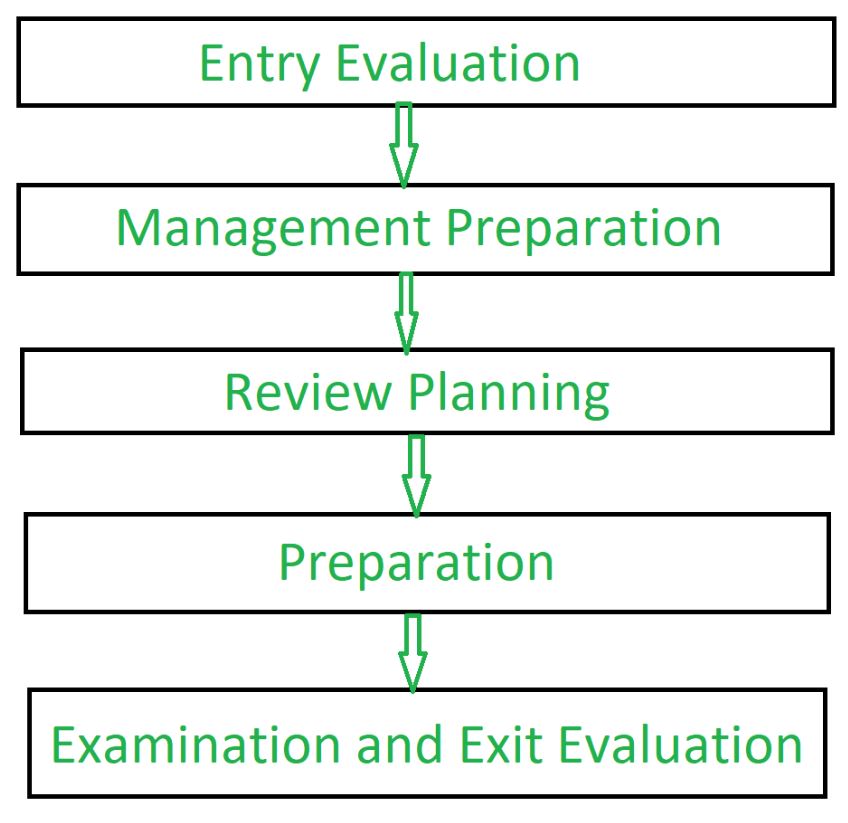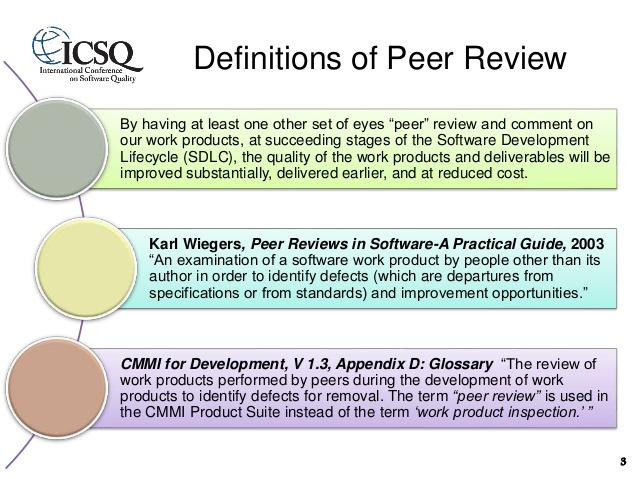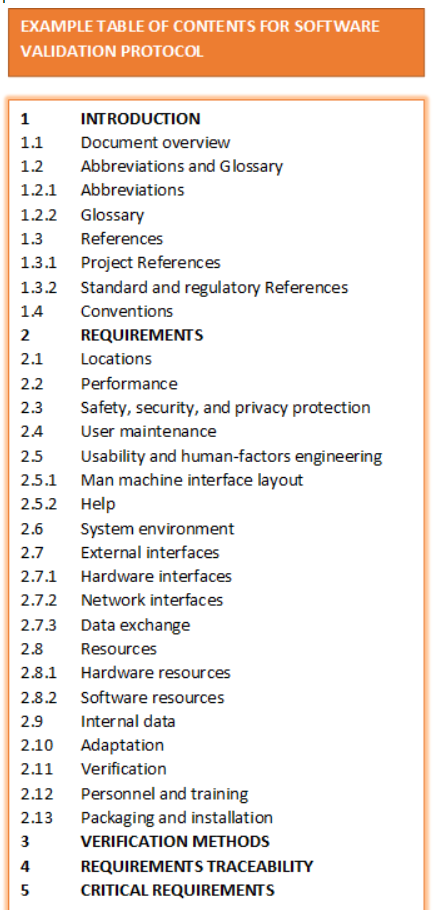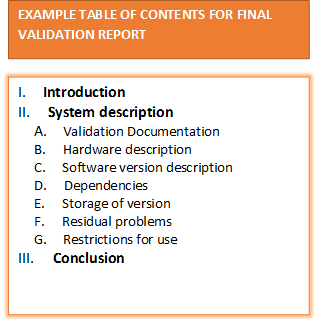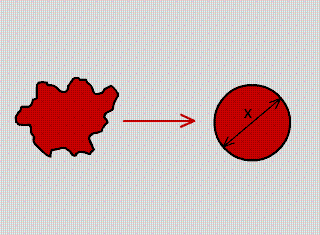Tools for version control:
Git
Git is a distributed version-control system for tracking changes in any set of files, originally designed for coordinating work among programmers cooperating on source code during software development. Its goals include speed, data integrity, and support for distributed, non-linear workflows
CVS
Concurrent Versions System is a revision control system originally developed by Dick Grune in July 1986. CVS operates as a front end to RCS, an earlier system which operates on single files. It expands upon RCS by adding support for repository-level change tracking, and a client-server model
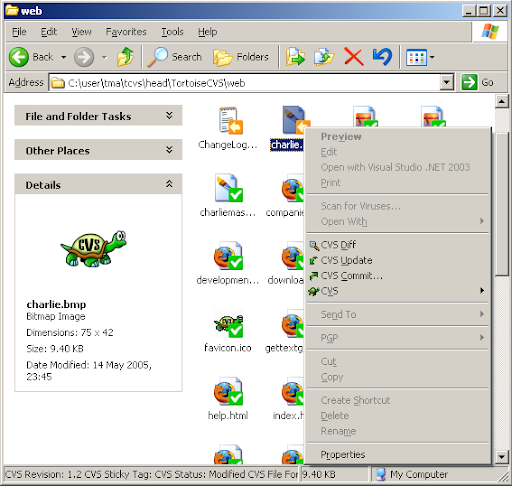
Mercurial
Mercurial is a distributed revision-control tool for software developers. It is supported on Microsoft Windows and Unix-like systems, such as FreeBSD, macOS, and Linux

Tools for testing:
Managment tool

“Manual & Automated Test Management App for QA. It’s a full-featured tool that lives inside and seamlessly integrates with Jira. Its aim is to help companies improve the quality of their products through effective and efficient testing.”
Automated Testing Tools

“is the GUI Test Automation tool of choice for more than 3000 companies worldwide to automate the functional regression tests and system tests of their graphical user interface (GUIs) and Human Machine Interfaces (HMIs). The Squish GUI testing tool, a 100% cross-platform tool, features”
API Testing Tools

Tricentis is an Api Testing tool which helps to manage test cases reduces testing time, manual effort and costs by building up and executing test cases.

